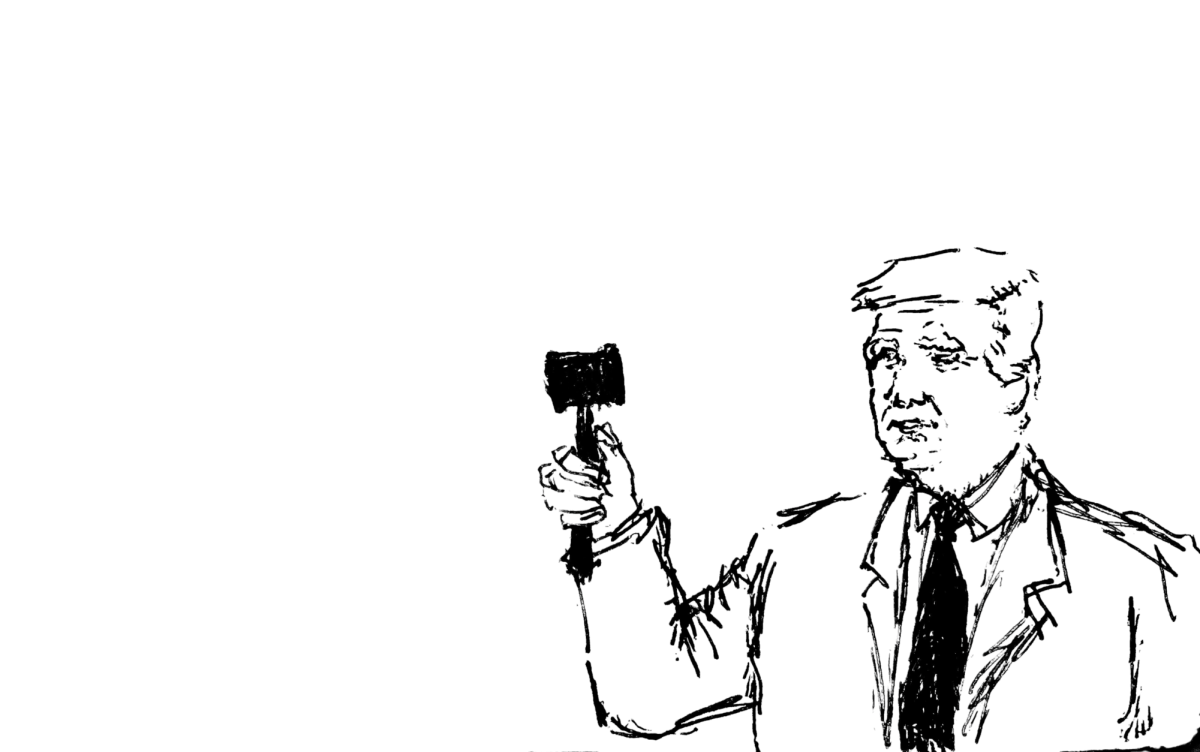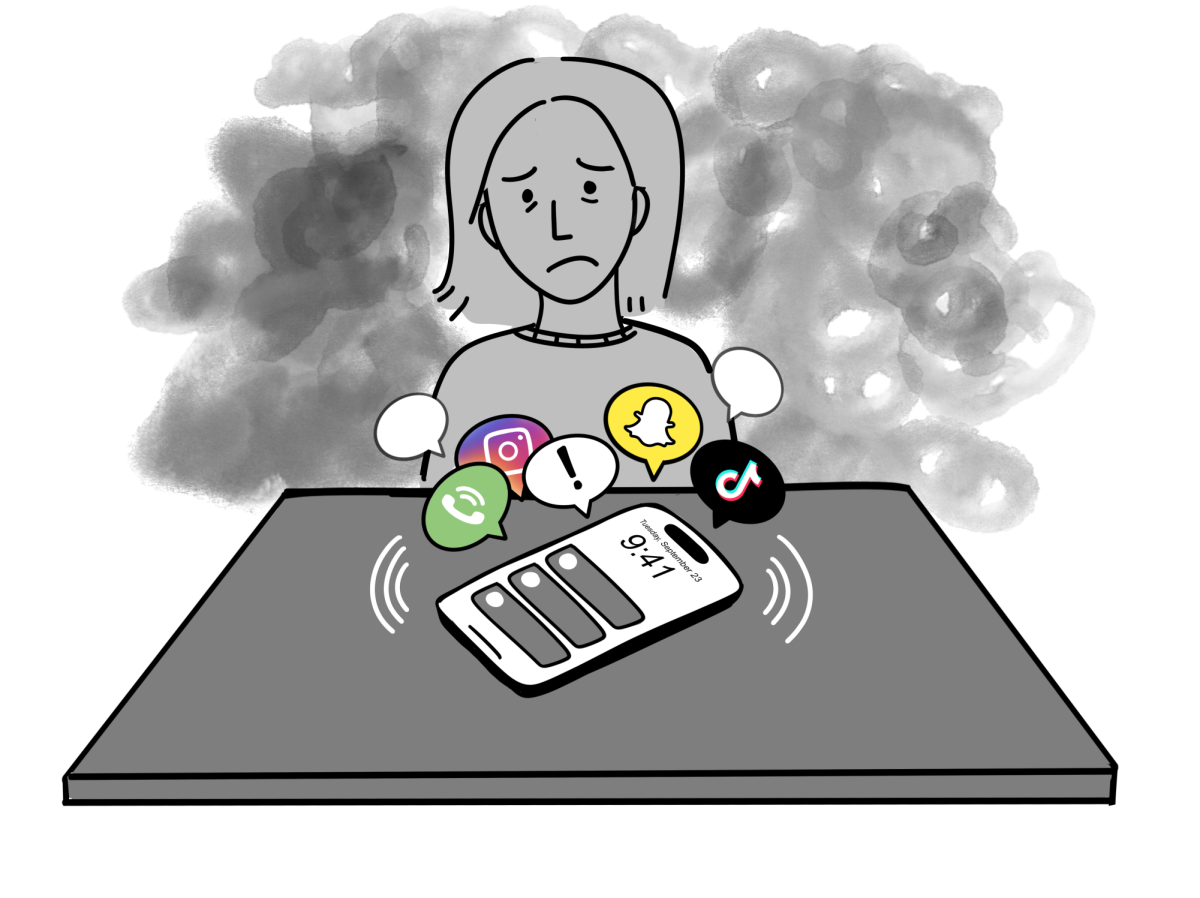The Suffragettes of the early 20th century are largely remembered for their lobbying, letter-writing, and civil disobedience. Yet, one form of resistance that goes under the radar is fashion. The shift of fashion from restrictive corsets to practical shirtwaists signaled something much deeper than fabric: change. In the 21st century, uniforms are often romanticized: from pop-star videos to magical wizarding worlds, uniforms offer a taste of another world unconfined from the walls of LM. The clothes you wear to school are not simply something to keep you warm; rather, they are an essential pillar of student expression. Simply put, uniforms are a fundamental restriction of free expression with no place in LM.
Supposedly, uniforms help eliminate the social status that comes with the clothes you wear, eliminate ostracization, and even prevent bullying. But these deep seated issues within LM’s community would not be eliminated with uniform implementation—in fact, they would simply dress up LM’s issues in plaid skirts and button down shirts. After all, clothing is not the only way one shows social status at LM. Students would still flaunt what car they drive, what phone they have, what college they plan on attending. With social media especially, even with uniforms, the flaunting of wealth through appearance would simply move to digital spaces. Rather than wasting time and money on implementing a uniform policy to “equalize student culture,” LM should explore other substantive ways to improve student well being.
The fact is, uniforms don’t solve the problem of class-based ostracization. Rather, they introduce new problems, othering students based on religion, race, and gender identity. Uniform imposition is inherently a tool used to oppress marginalized groups. Throughout the 19th and 20th centuries, for instance, the US government set up boarding schools for Native-American children with the goal of erasing their culture. These boarding schools achieved assimilation in many forms, be it corporal punishment, religious indoctrination, and yes, uniform implementation. Native American children were forced to remove their traditional clothing for ankle-long dresses and tight buttoned up suit jackets. It is impossible to discuss uniforms in schools without the problematic history they hold. Yet, tales of uniforms enforcing cultural suppression are not limited to historic textbooks. According to a 2023 report from the Government Accountability Office, “Schools that enforce strict dress codes have higher rates of punishment that take students away from learning, such as suspensions and expulsions.” Alongside introducing a totalitarian environment, today, uniforms also restrict student’s religious and gender identity. For students who wear hijabs or niqabs in the Islamic religion, uniforms that consist of traditional western clothing are inherently restrictive of their religion. According to the Institute for Social Policy and Understanding, forty percent of Muslim students face bullying based on their religion, and uniforms that further ostracize them further create a disinviting community. This problem persists on the issue of gender identity. Uniforms are inherently gendered, so when a student is exploring their gender identity, uniforms that offer two gender options put students into boxes. This issue would be especially prevalent when a student is experimenting with gender identity, and does not feel fully comfortable wearing pants, but may but may not fully comfortable wearing a plaid skirt either. Rather than achieving equalization, uniforms instead exclude students based on their gender exploration or religious customs.
Some proponents of uniforms claim they create a culture of discipline and respect. But in reality, this mantra can be used as a dog whistle for students who have behavioral issues that are much more deeply-rooted than the clothes they wear. Forcing troublesome students to wear clothes they don’t want to will just be another brick of restrictive legislation that actually further causes students to act out. One common phrase used by supporters of uniforms is reducing “gang activity.” Yet, “gang activity” is much more complicated than what clothes you wear. Young people who are attracted to gangs are often looking for a place in the world because they are struggling with their identity. And how do you suppose students build this identity? Well, the simplest form of this would be expressing yourself by what you wear. Along with the flawed philosophy of reducing gang activity through uniforms, this philosophy is often used as an implicit phrase to micromanage people of color. In 2005, the NBA created a dress code in order to “professionalize” the league’s image. Punishments for violating this dress code were fines and, if repeated, eventual expulsion. The dress code had heavy racial undertones, with proponents of the legislation labeling the current fashion choices of basketball players as “gangsta and thug[gish].” Uniforms and dress codes from schools to professional environments are there for a reason. Not to equalize, not to “reduce gang activity,” not to improve discipline. The unstated reason is clear: to assimilate people who do not fit the norms of “traditional” values.





